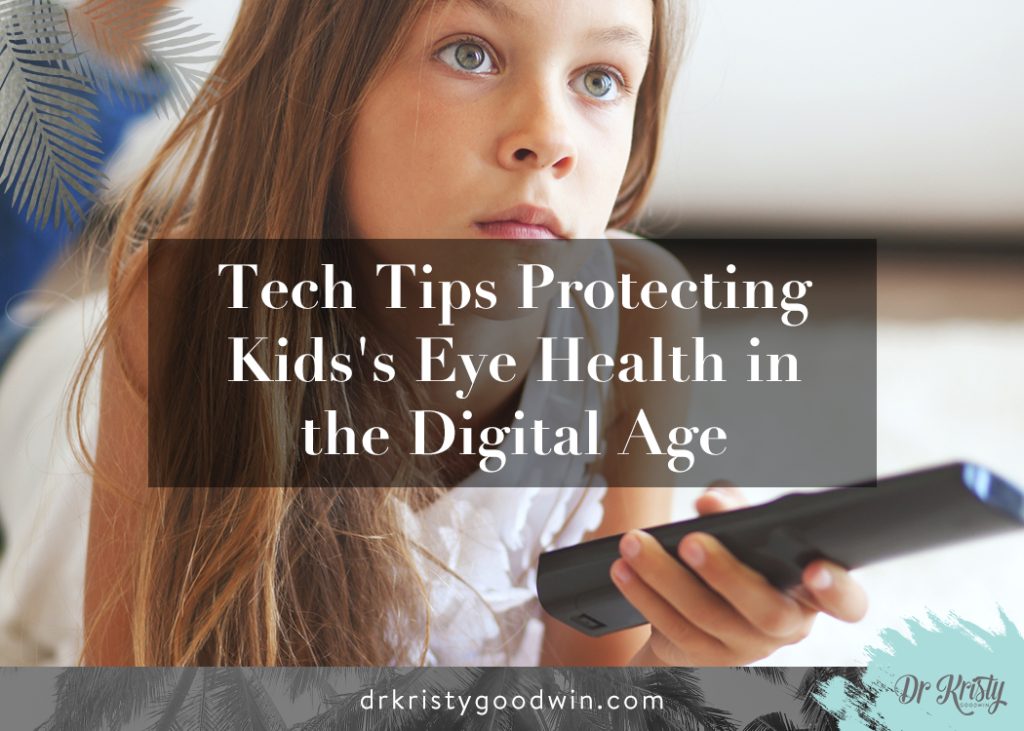In today’s fast-paced digital world, our eyes are constantly exposed to screens, whether it’s our smartphones, computers, or tablets. This increased screen time has led to a rise in eye-related issues, making it crucial to explore effective tips to protect your eye health in the digital age. Understanding the impact of digital devices on our vision is the first step towards safeguarding our eye health and ensuring a comfortable viewing experience.
As you delve deeper into this article, you will discover practical strategies to minimize digital eye strain, including the importance of the 20-20-20 rule, proper lighting, and ergonomic setups. We will also discuss the significance of regular eye examinations and how they can help detect potential problems early on. Additionally, you will learn about the role of nutrition and hydration in maintaining optimal eye health, empowering you to make informed choices that benefit your vision.
By implementing these tips, you can significantly reduce the risk of discomfort and long-term damage to your eyes. So, whether you are a student, a professional, or simply someone who enjoys digital entertainment, this guide is designed to help you navigate the challenges of screen time effectively. Keep reading to unlock the secrets to preserving your eye health in this digital age!
Understanding Digital Eye Strain
Digital eye strain, also known as computer vision syndrome, is a common condition that affects many individuals who spend prolonged periods in front of screens. Symptoms can include dry eyes, blurred vision, and headaches. The increased use of digital devices in our daily lives has made it essential to understand the impact of screen time on our eye health.
To mitigate the effects of digital eye strain, it is crucial to take regular breaks using the 20-20-20 rule: every 20 minutes, look at something 20 feet away for at least 20 seconds. This simple practice can help reduce eye fatigue and improve comfort while using digital devices.
The Importance of Proper Lighting
Proper lighting is vital for maintaining eye health in the digital age. Poor lighting conditions can exacerbate eye strain and discomfort. It is essential to ensure that your workspace is well-lit, with a balance of natural and artificial light to reduce glare on screens.
Using adjustable desk lamps and positioning screens to avoid reflections can significantly enhance visual comfort. Additionally, consider using anti-glare screens or filters to minimize the impact of harsh lighting on your eyes.
Regular Eye Examinations
Regular eye examinations are crucial for maintaining optimal eye health, especially for those who spend significant time on digital devices. Eye care professionals can detect early signs of eye strain and other conditions that may arise from excessive screen time.
During an eye exam, your optometrist can provide personalized recommendations for screen use, including the need for prescription glasses designed for computer work. These specialized lenses can help reduce glare and improve visual clarity, making screen time more comfortable.
The Role of Blue Light Blocking Technology
Blue light emitted from screens can disrupt sleep patterns and contribute to digital eye strain. Many devices now come with built-in blue light filters, and there are also glasses available that block blue light. Incorporating these technologies can help protect your eyes from potential damage.
Using blue light blocking features, especially in the evening, can improve sleep quality and reduce eye fatigue. It is advisable to enable these settings on your devices or invest in blue light blocking glasses if you frequently use screens at night.
Maintaining a Healthy Lifestyle
A healthy lifestyle plays a significant role in protecting your eye health. A balanced diet rich in vitamins A, C, and E, as well as omega-3 fatty acids, can support overall eye function. Foods such as leafy greens, fish, and nuts are excellent choices for maintaining eye health.
Additionally, staying hydrated and getting regular exercise can improve blood circulation, benefiting your eyes. Limiting screen time and engaging in outdoor activities can also help reduce the risk of digital eye strain and promote overall well-being.
| Tip | Description |
|---|---|
| Follow the 20-20-20 Rule | Every 20 minutes, take a 20-second break and look at something 20 feet away to reduce eye strain. |
| Adjust Your Screen Settings | Ensure your screen brightness is similar to the surrounding light and increase text size for easier reading. |
| Use Proper Lighting | Work in well-lit areas to minimize glare and avoid harsh overhead lighting that can cause discomfort. |
| Maintain a Healthy Distance | Keep your screen about an arm’s length away and position it so that the top of the screen is at or just below eye level. |
| Wear Blue Light Glasses | Consider using glasses that filter blue light to reduce potential damage from prolonged screen exposure. |
| Stay Hydrated | Drink plenty of water to keep your eyes moist and reduce dryness caused by prolonged screen time. |
| Regular Eye Exams | Schedule regular check-ups with an eye care professional to monitor your eye health and update prescriptions as needed. |
| Limit Screen Time | Take regular breaks from screens and engage in offline activities to give your eyes a rest. |
| Practice Good Hygiene | Keep your screens clean and avoid touching your eyes with unwashed hands to prevent infections. |

